Stellantis Layoffs Raise Concerns Over Future of Michigan Plants
Uncertainty Looms as UAW Fears Shift of Ram 1500 Production to Mexico...
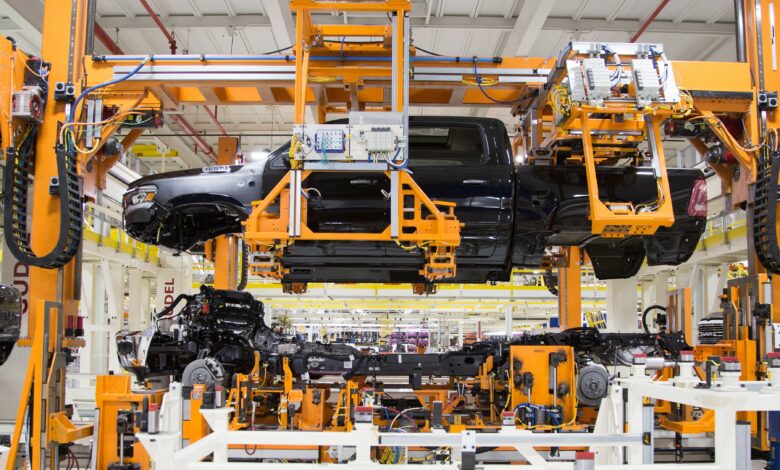
Stellantis recently announced plans to lay off up to 2,450 workers at its Warren Truck Assembly Plant (WTAP) in Michigan. This decision follows the end of production for the Ram 1500 Classic, with layoffs set to begin on October 8. The company will also transition to a single assembly shift at the facility, raising concerns among workers and union representatives about the plant’s future.
The United Auto Workers (UAW) union has expressed its belief that a second shift could be maintained at WTAP if the facility were to take on excess production of the latest generation Ram 1500 from the nearby Sterling Heights Assembly Plant (SHAP). However, this remains uncertain, as Stellantis has not confirmed whether the excess work will stay in the U.S. or be moved to Mexico.

Union officials and industry analysts are particularly concerned that any overflow production could be shifted to the Saltillo Truck Assembly Plant in Mexico. This facility already manufactures several Ram models, including the 2500/3500 Heavy Duty, and 3500/4500/5500 Chassis Cabs. The possibility of relocating more production to Mexico could become a contentious issue between the UAW and Stellantis CEO Carlos Tavares, whose criticisms of the U.S. unionized workforce have been increasing in recent months.
Tavares has cited issues with the “direct run rate” at some U.S. plants, including Sterling Heights. This term refers to the number of vehicles that need repairs after final assembly, a problem that can increase costs, delay shipments, and lead to quality issues. Tavares noted that making repairs outside the main production line often leads to further complications, making the situation even more challenging for the company.
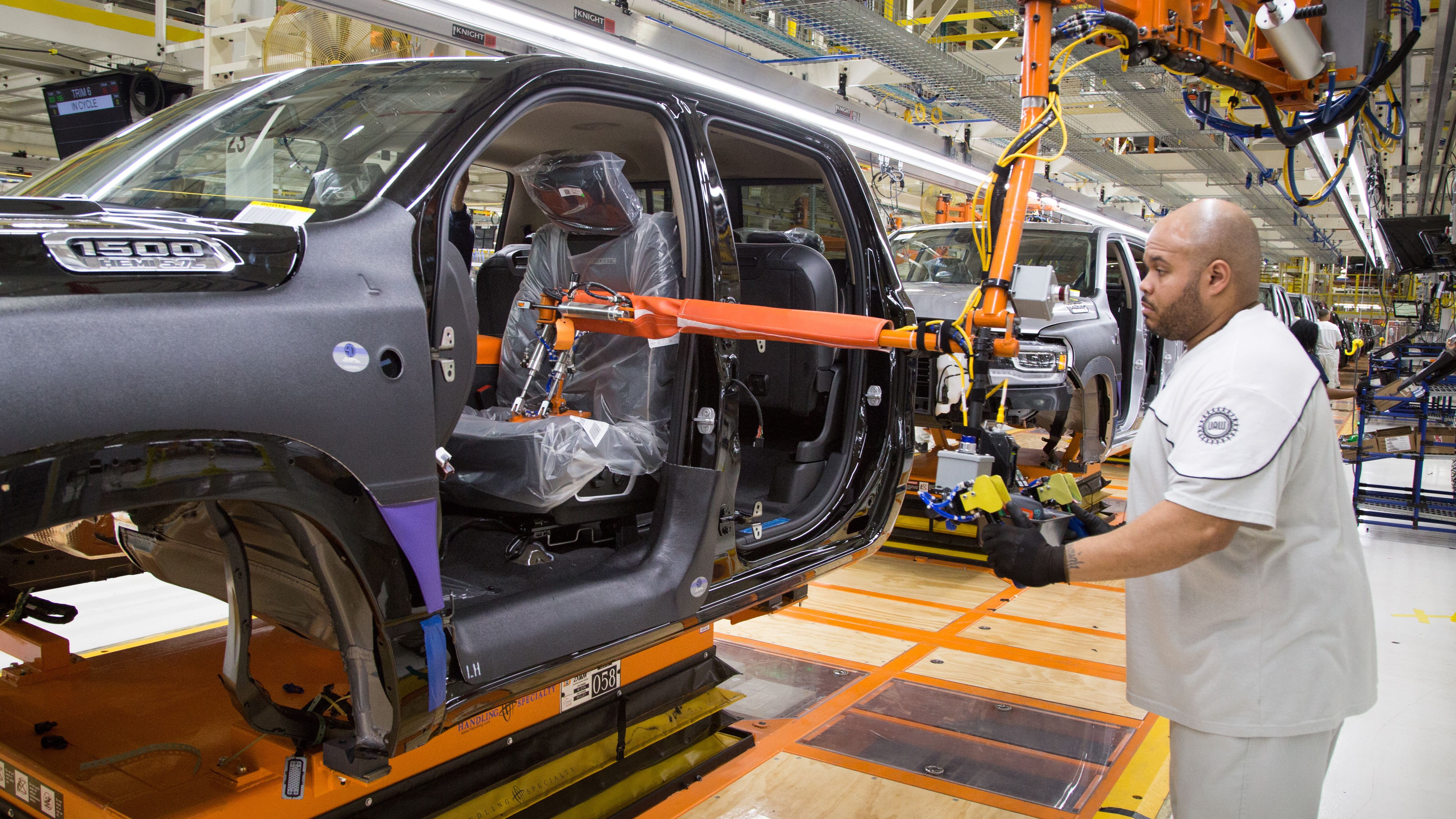
The potential shift of Ram 1500 production to Mexico is of particular concern to the UAW, especially as the current union contract with Stellantis is set to expire in 2028. Although the contract guarantees that WTAP will continue to build Jeep® Wagoneer and Grand Wagoneer SUVs at least until 2028, it does not mention the introduction of new vehicles to the plant in the coming years. This uncertainty has left workers and union leaders questioning the long-term viability of the facility.
Stellantis has not yet made a final decision regarding the allocation of excess production capacity, but the situation highlights the broader challenges facing the company’s U.S. manufacturing operations. Tavares has acknowledged that the past few months have been “painful” due to supplier issues, plant shutdowns, and mismatches between production and market demand for specific models and trims. These challenges have only added to the uncertainty surrounding the future of both WTAP and SHAP.

As the situation unfolds, the focus will likely remain on whether Stellantis decides to keep production in the U.S. or shift more work to Mexico, a move that could have significant implications for the American workforce and the UAW’s ongoing negotiations with the company.
Source: The Detroit News

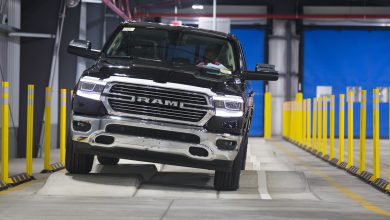

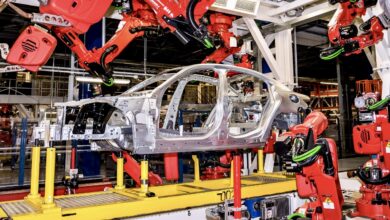

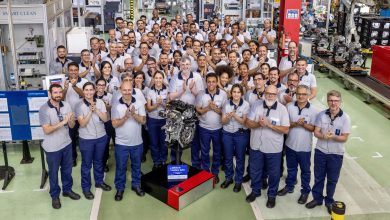
No replies yet
Loading new replies...
Join the full discussion at the Mopar Insiders Forum →